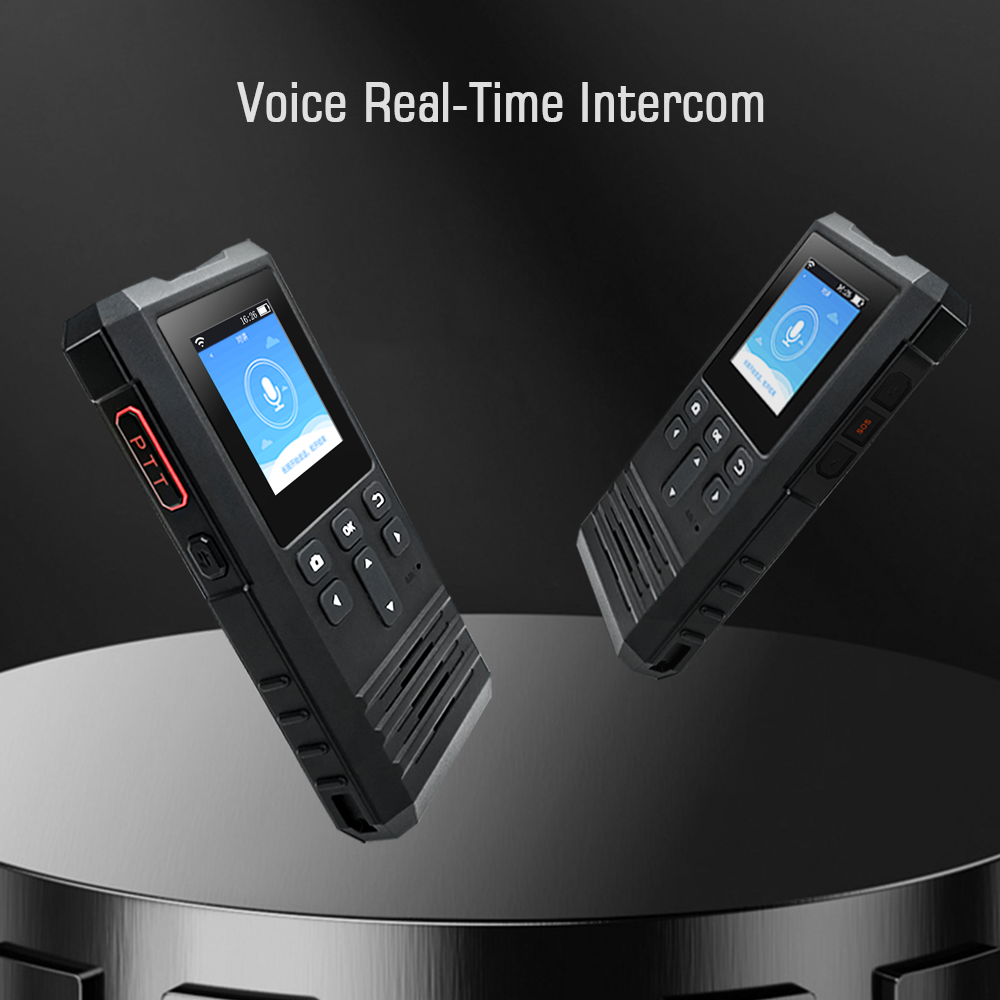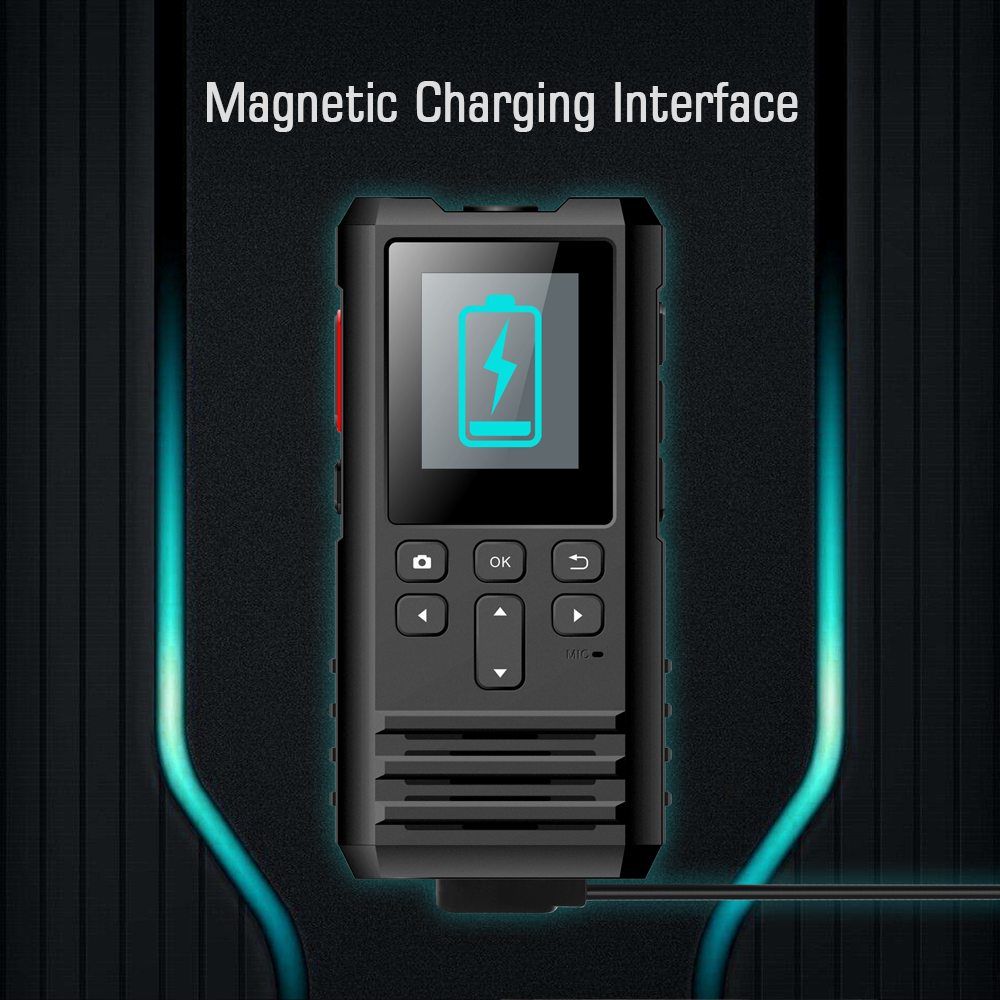

Data encryption is key in securing communications between readers, controllers, and management servers in access control systems. Unencrypted traffic can be intercepted, exposing credential data and triggering replay attacks. To reduce this risk, industry-standard encryption protocols must be implemented for all device-to-server and server-to-server communications, as well as guidelines such as data encryption and encrypted communications guide on-site and cloud-based access control management software configuration. In addition, certificate-based mutual authentication ensures that only authorized devices can join the system, preventing malicious readers or mobile devices from masquerading as legitimate endpoints. Encrypting database fields that store personally identifiable information (PII) provides additional protection in a data breach.
A well-configured firewall protects access control gate systems from external and internal network threats. Deploy next-generation firewalls at the network perimeter to enforce deep packet inspection, intrusion prevention, and application-aware filtering. Define strict access control lists to allow only the IP addresses and ports required for access controllers and readers. IT administrators should implement a host-based firewall on a dedicated server running the access management software to internally isolate it from other corporate assets. For remote sites or satellite offices, consider using a hardware firewall with a VPN concentrator to protect site-to-site tunnels, ensuring controllers communicate over encrypted links rather than the public Internet.

Intrusion detection and intrusion prevention systems are key components for monitoring access control systems for malicious activity. Deploy network-based IDS sensors near key network segments to analyze real-time traffic patterns. Configure signature-based detection to detect known vulnerabilities targeting embedded device firmware and anomaly-based detection to flag unusual traffic spikes that could indicate a brute force or DDoS attack targeting the access controller. Additionally, pair the IDS with an IPS module to automatically block or rate-limit suspicious traffic while alerting the security team. Consolidate log aggregation for all access control components into a centralized security information and event management platform.
In many modern facilities, administrators and security personnel require remote access to access control systems to manage credentials, update schedules, and view audit logs. However, exposing management interfaces directly to the Internet poses significant risks. Secure remote access requires a hardened VPN solution such as IPsec or SSL VPN with multi-factor authentication enabled. Develop granular VPN policies to restrict user sessions to specific internal resources, preventing remote users from moving laterally to unrelated parts of the corporate network. Implement time-based access rules to limit remote connections during off-hours, reducing the exposure window.
Keeping device firmware up to date is the cornerstone of access control gate system cybersecurity. Outdated firmware often contains known vulnerabilities that attackers can exploit to gain unauthorized privileges or install malicious code on access controllers. Develop a formal patch management strategy that includes regular vulnerability assessments of all system components. Also, subscribe to vendor security bulletins and set up a test environment to evaluate patch compatibility before full deployment. In addition, secure transmission methods should automatically release updates and ensure that firmware images are digitally signed and verified on each device. Maintain detailed logs of patching activities and scan for deviations or failed updates, which may indicate tampering or device failure.

Protecting the network infrastructure of access control systems requires a multi-layered approach that covers encryption, firewall defenses, intrusion detection, secure remote connections, and strict patch management. By combining best practices (TLS encryption for device communications, firewall deployment, comprehensive IDS/IPS monitoring, VPN with MFA for remote access, and systematic firmware updates), organizations can build a resilient security posture to protect physical assets and access control systems.